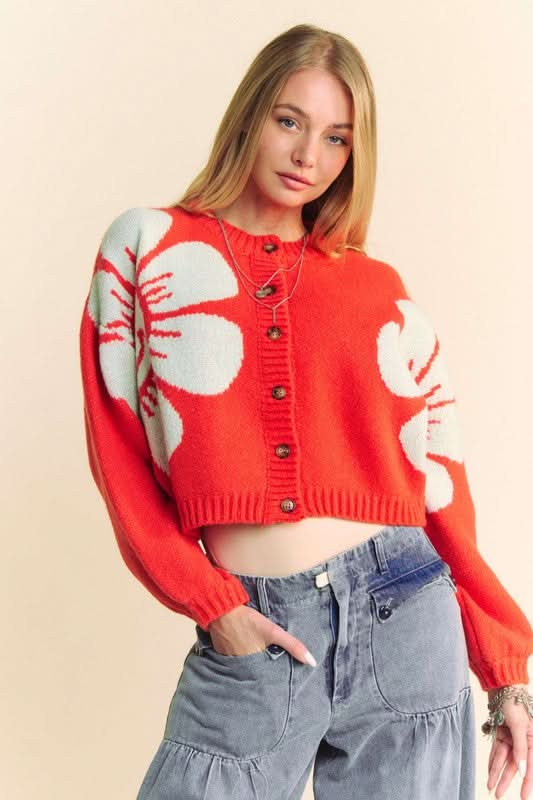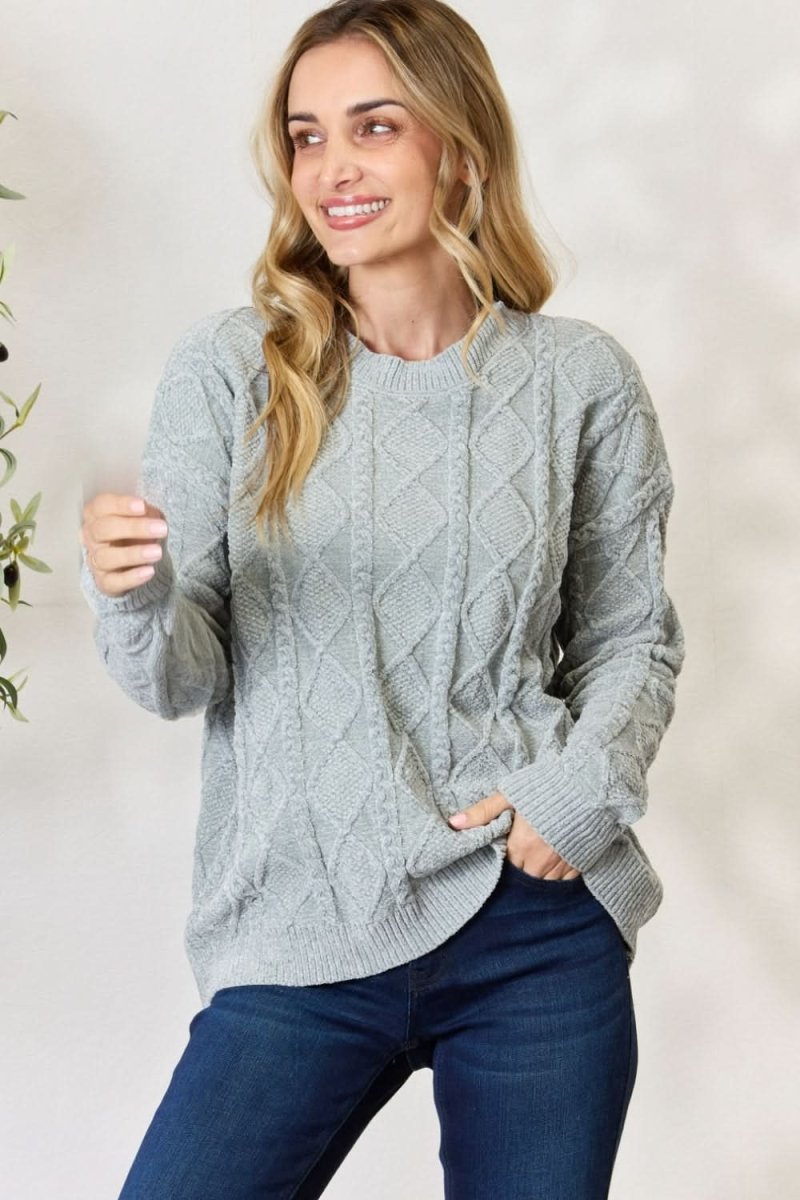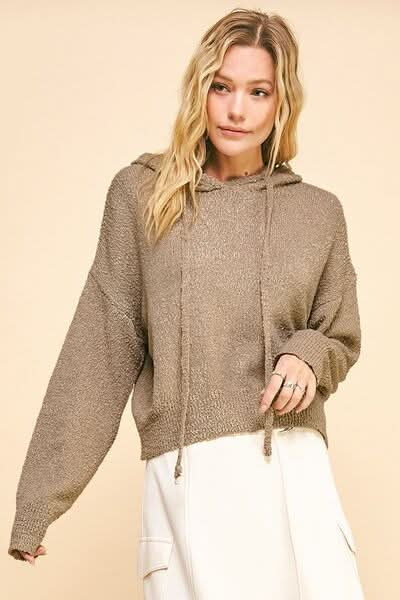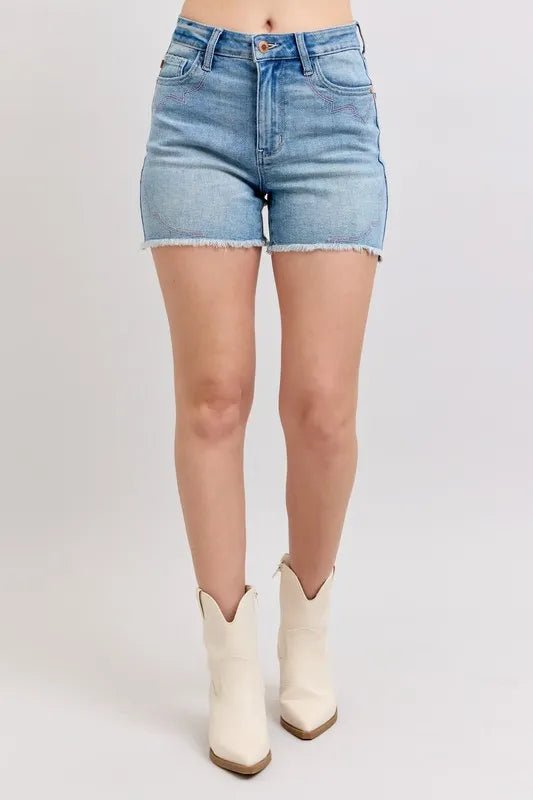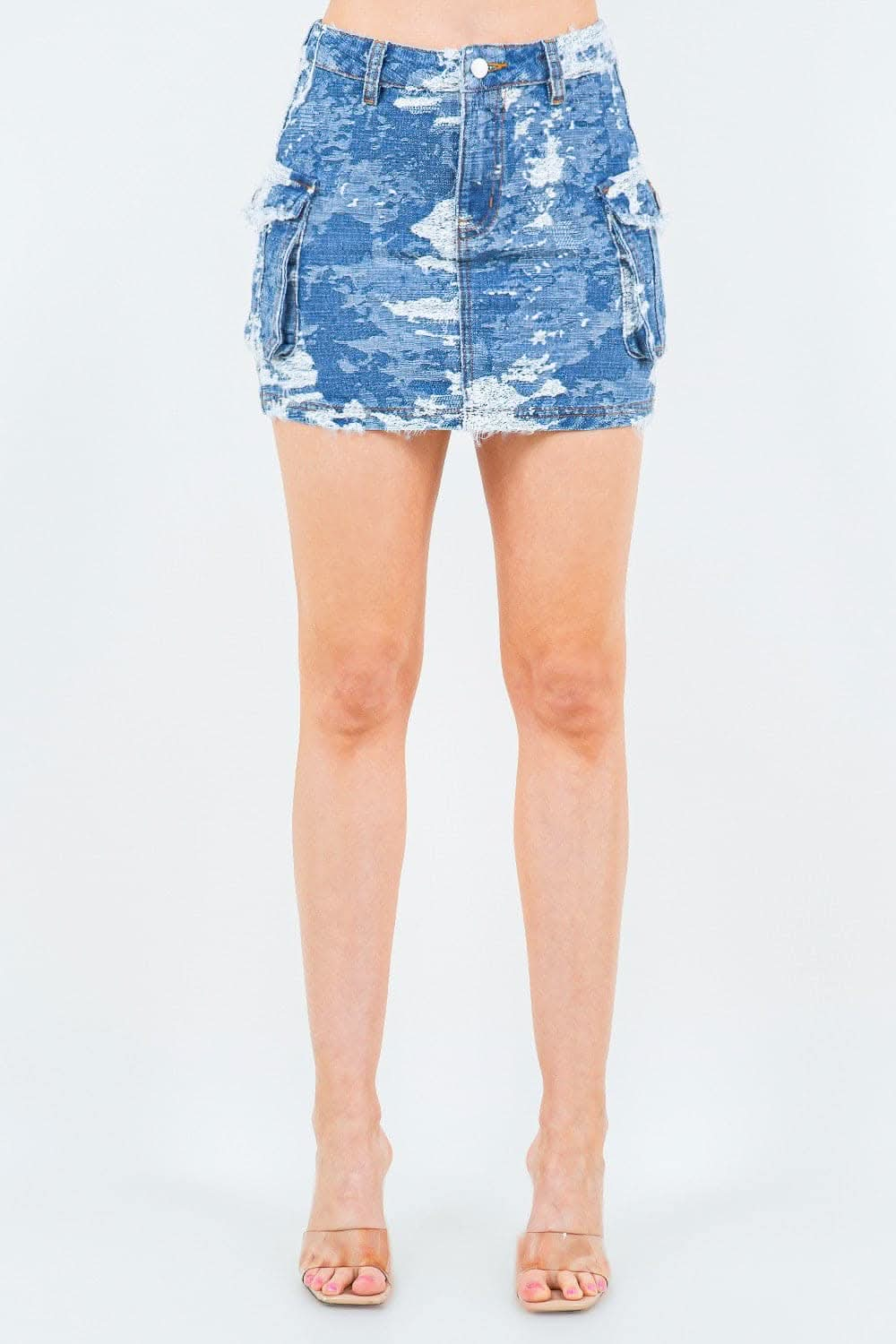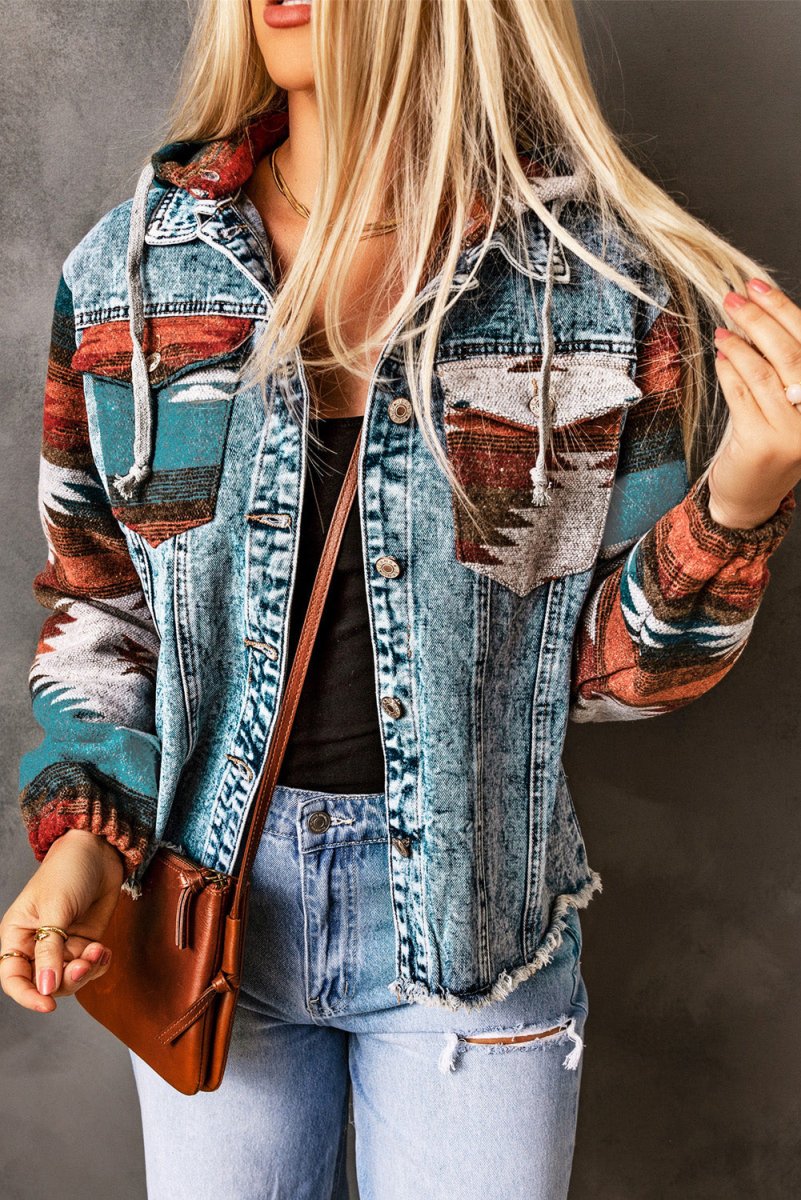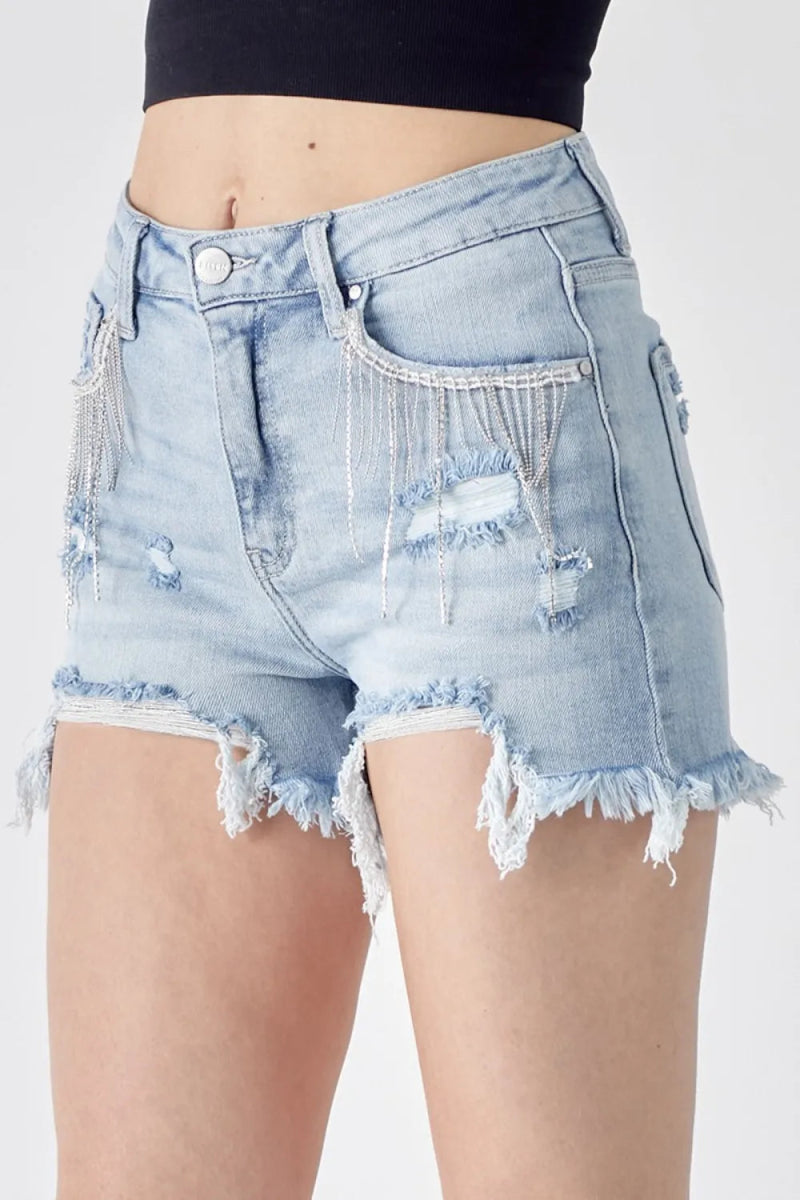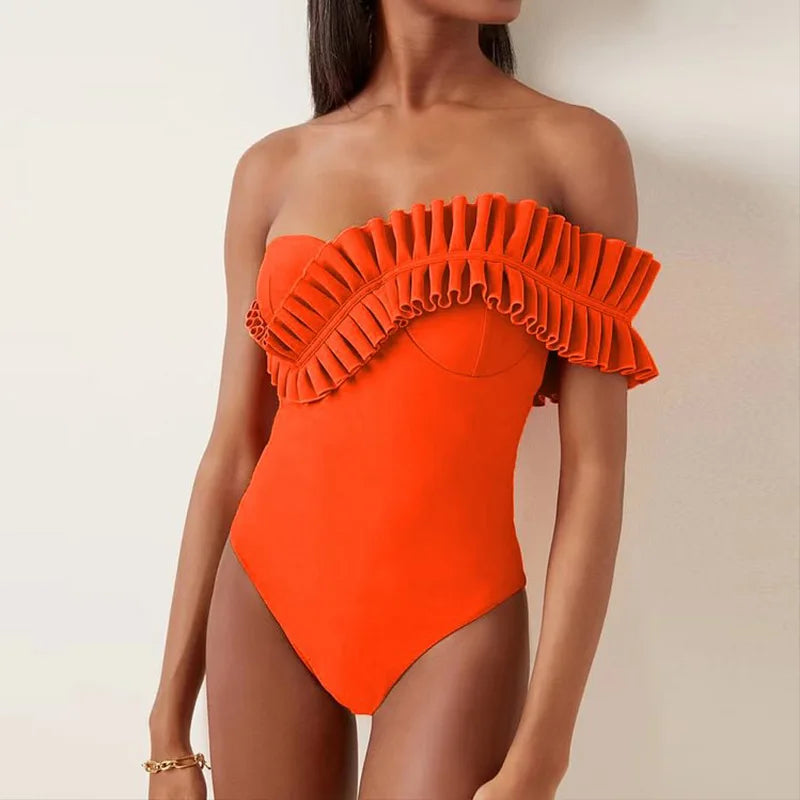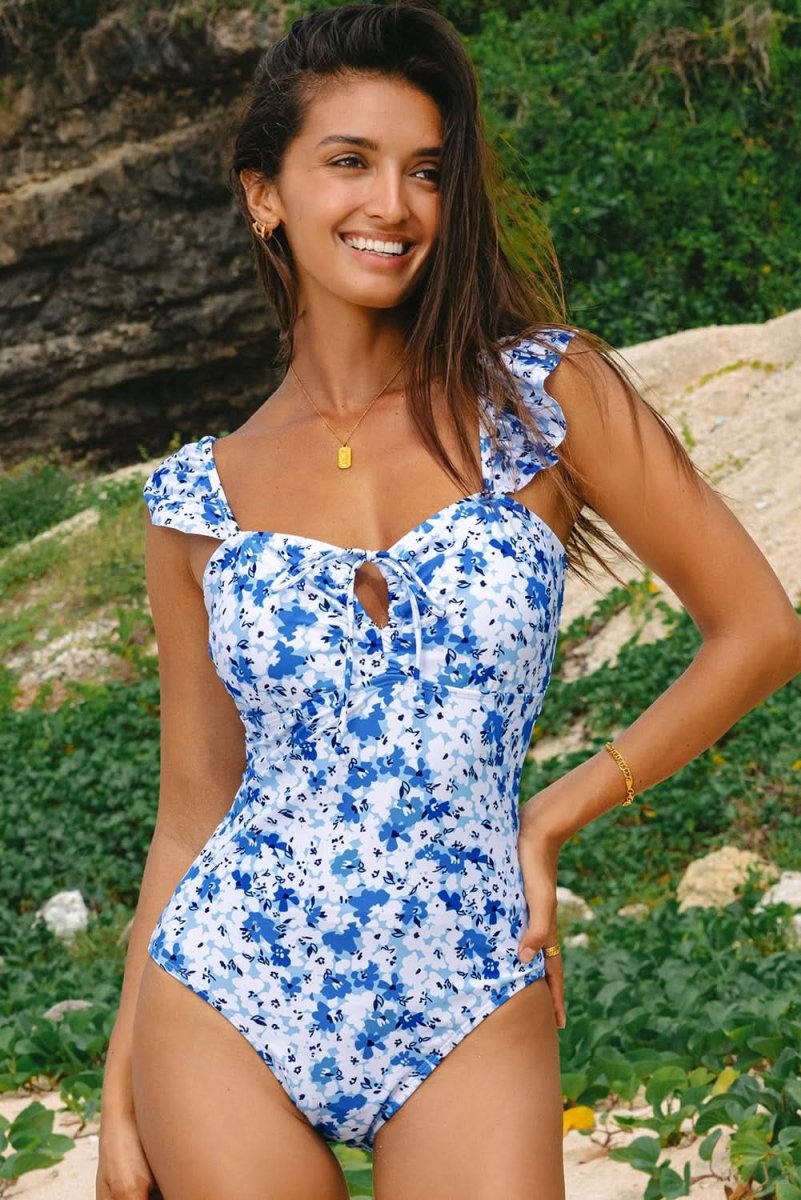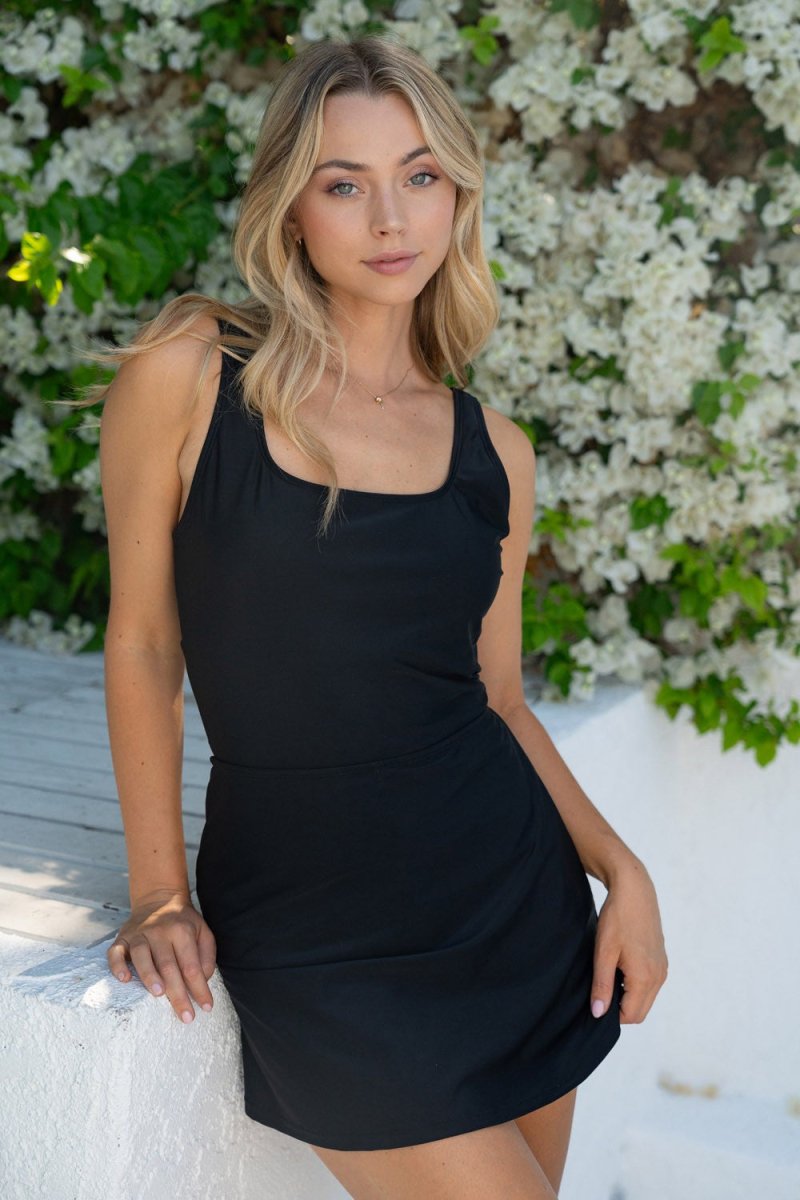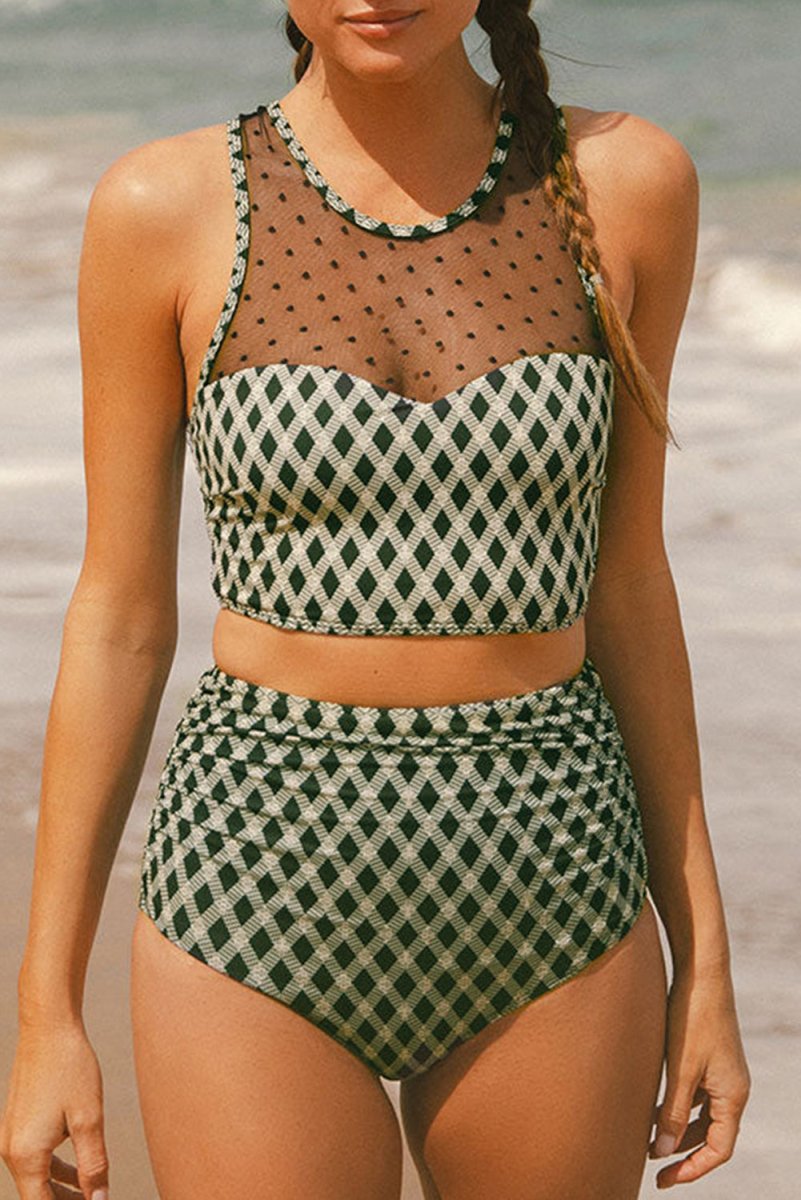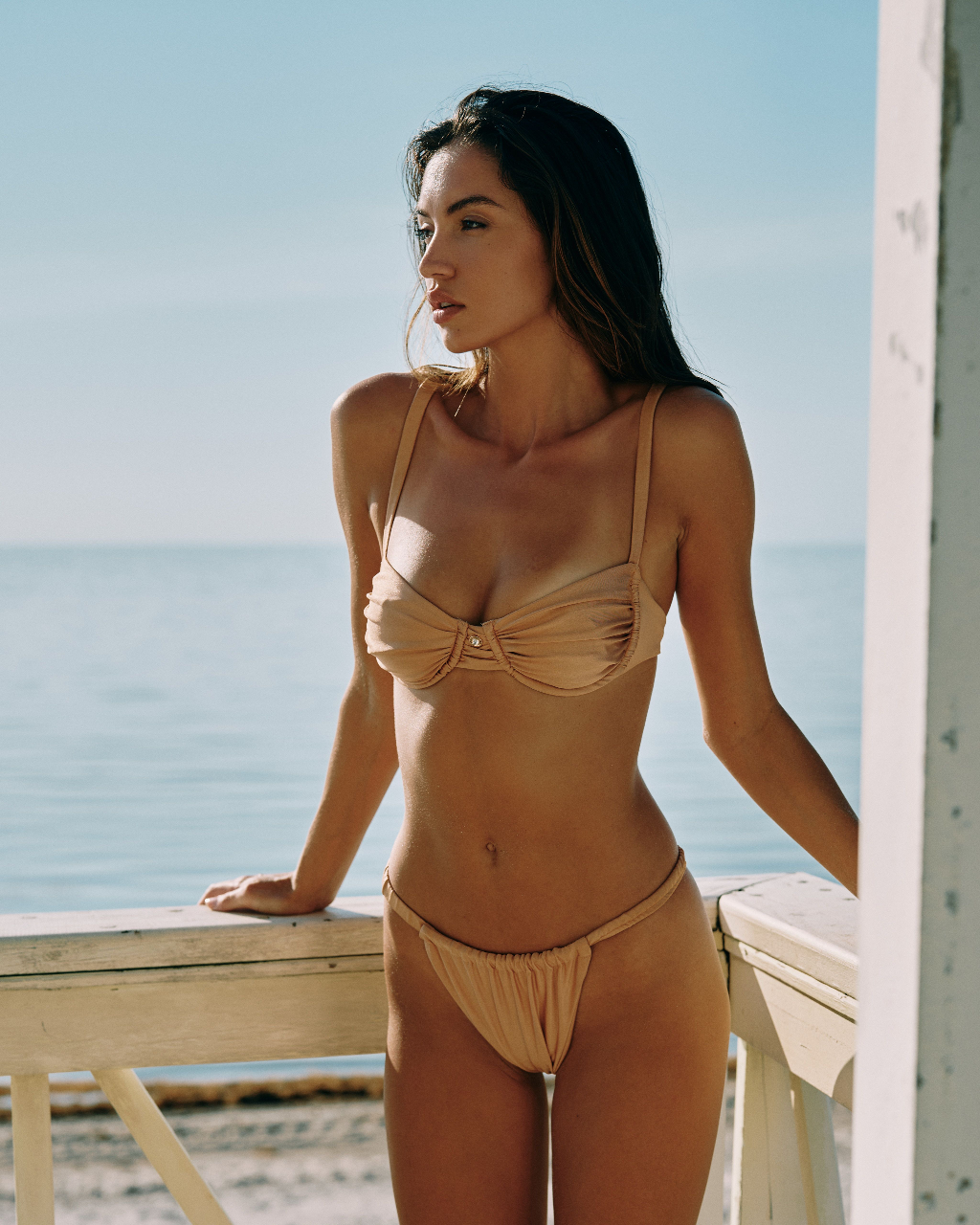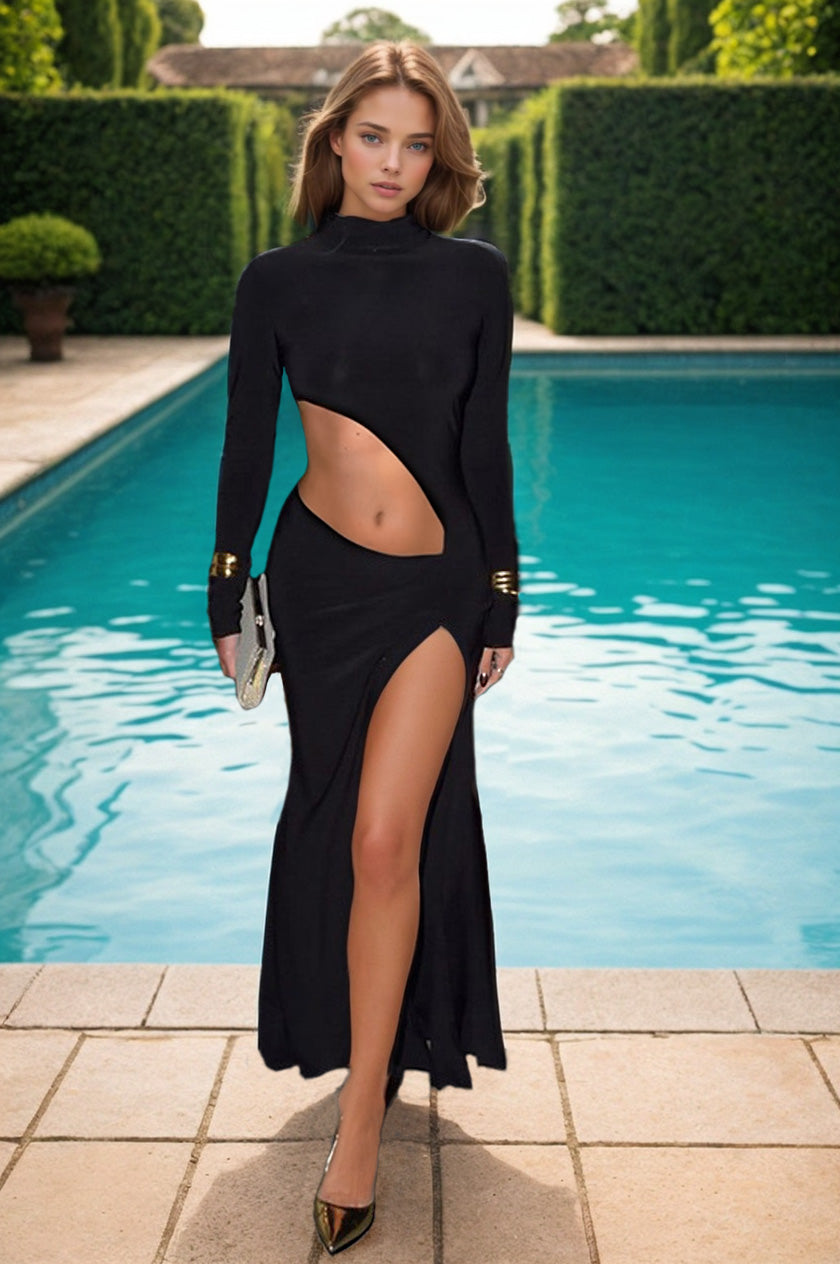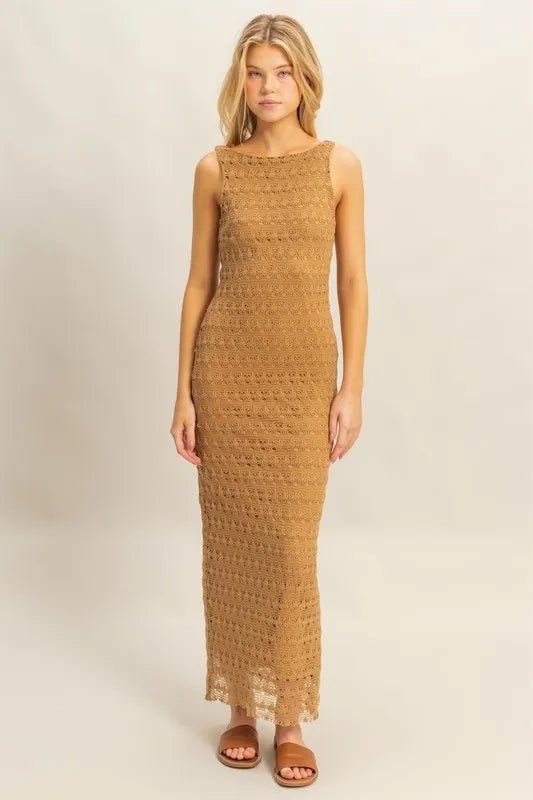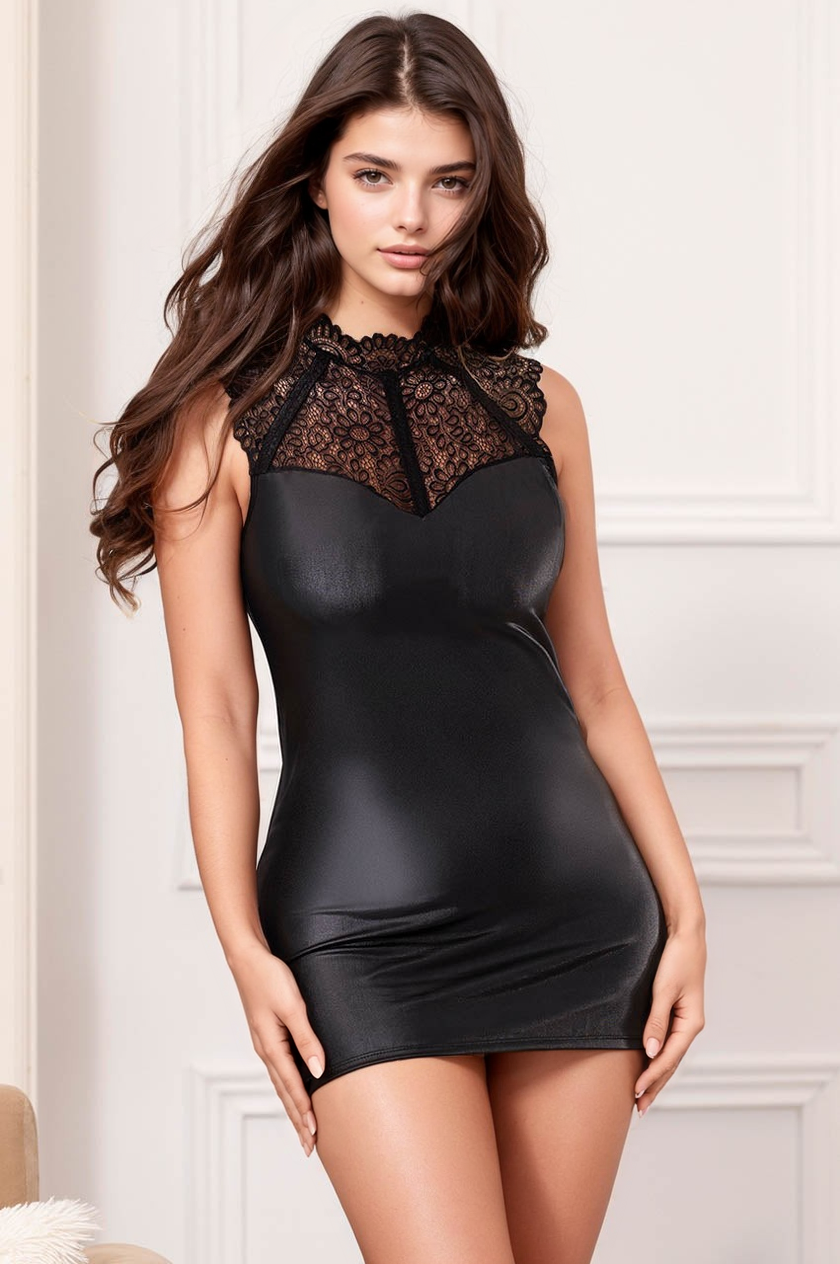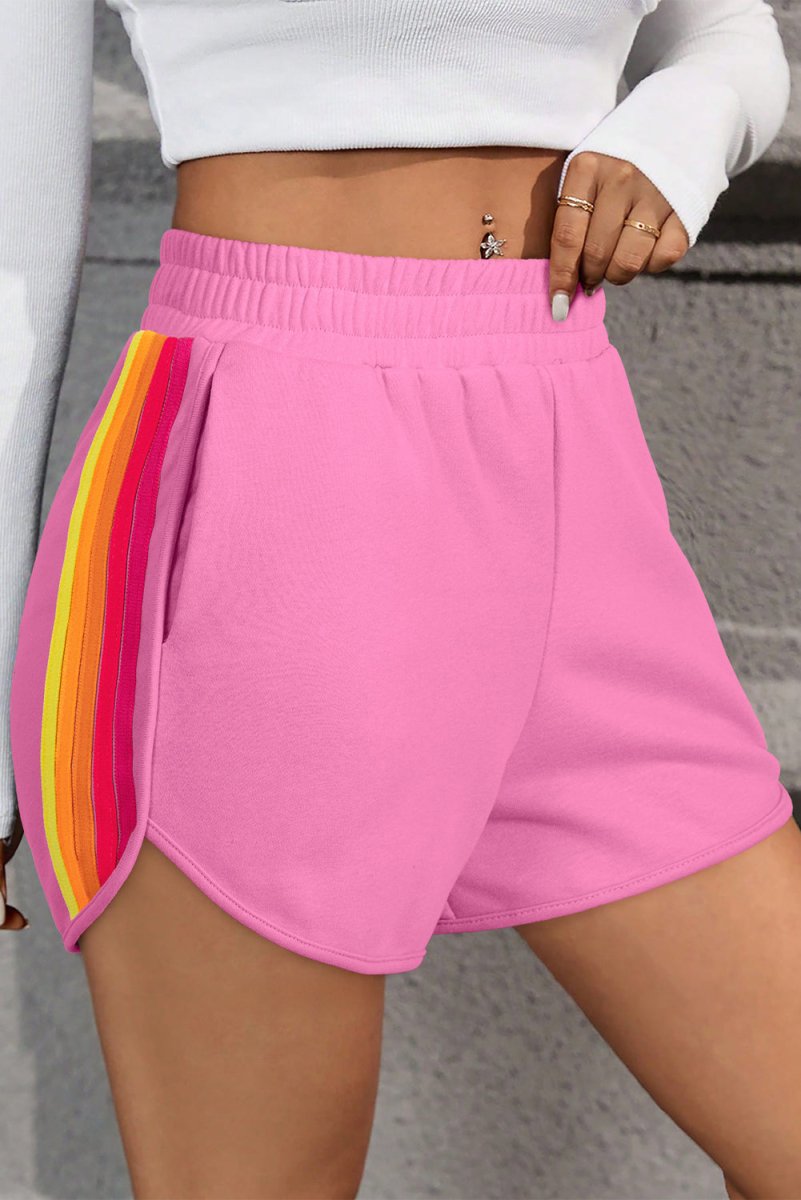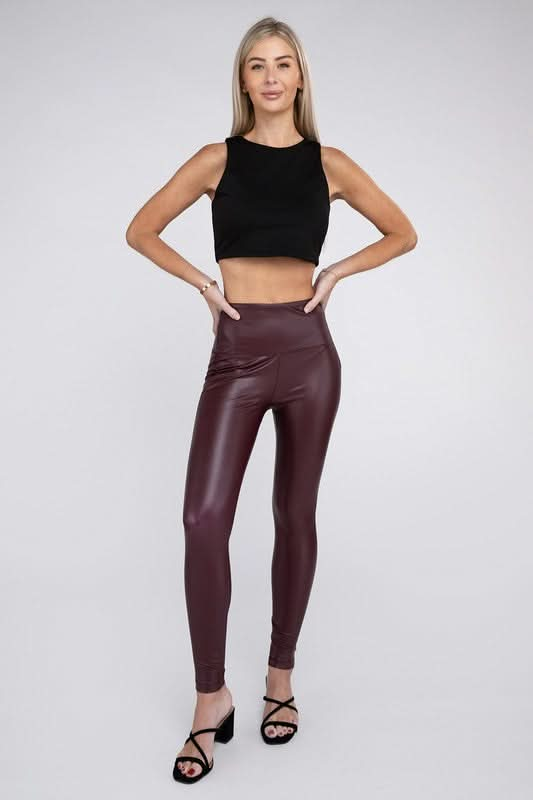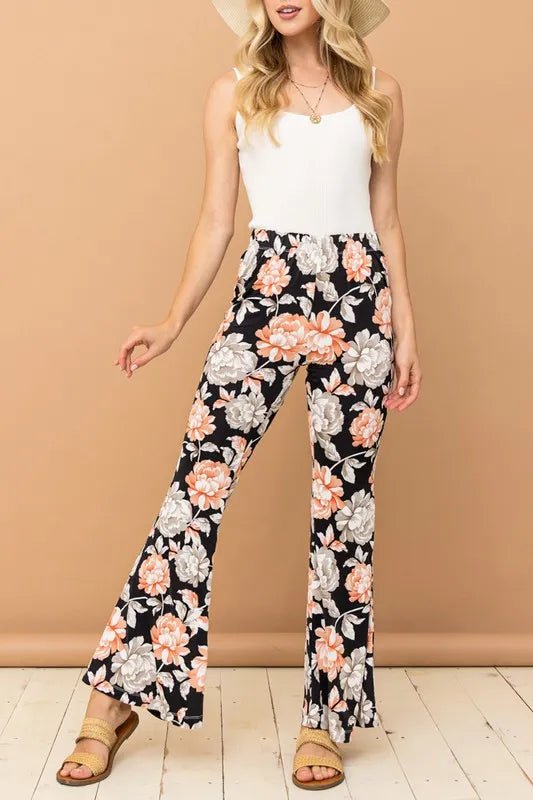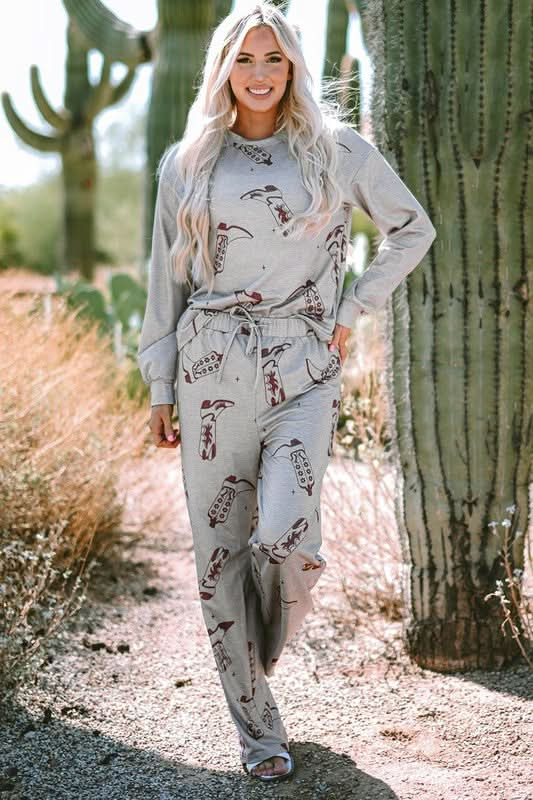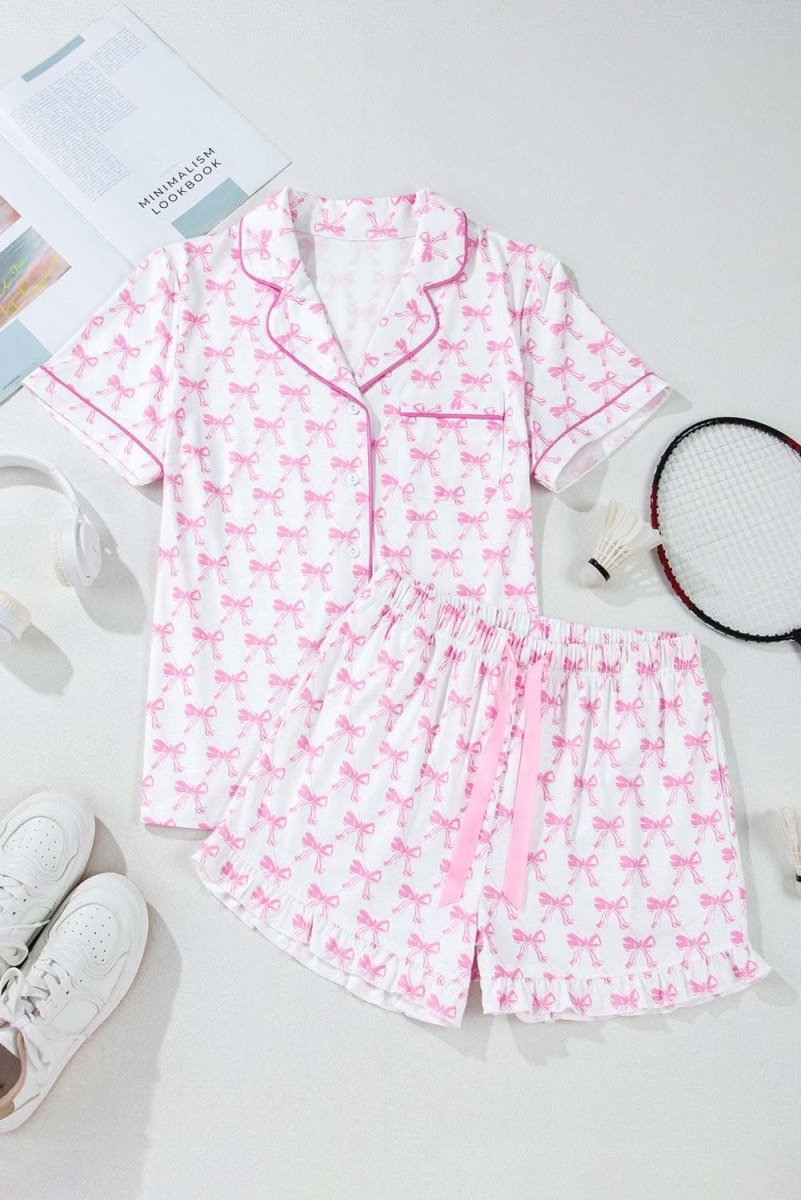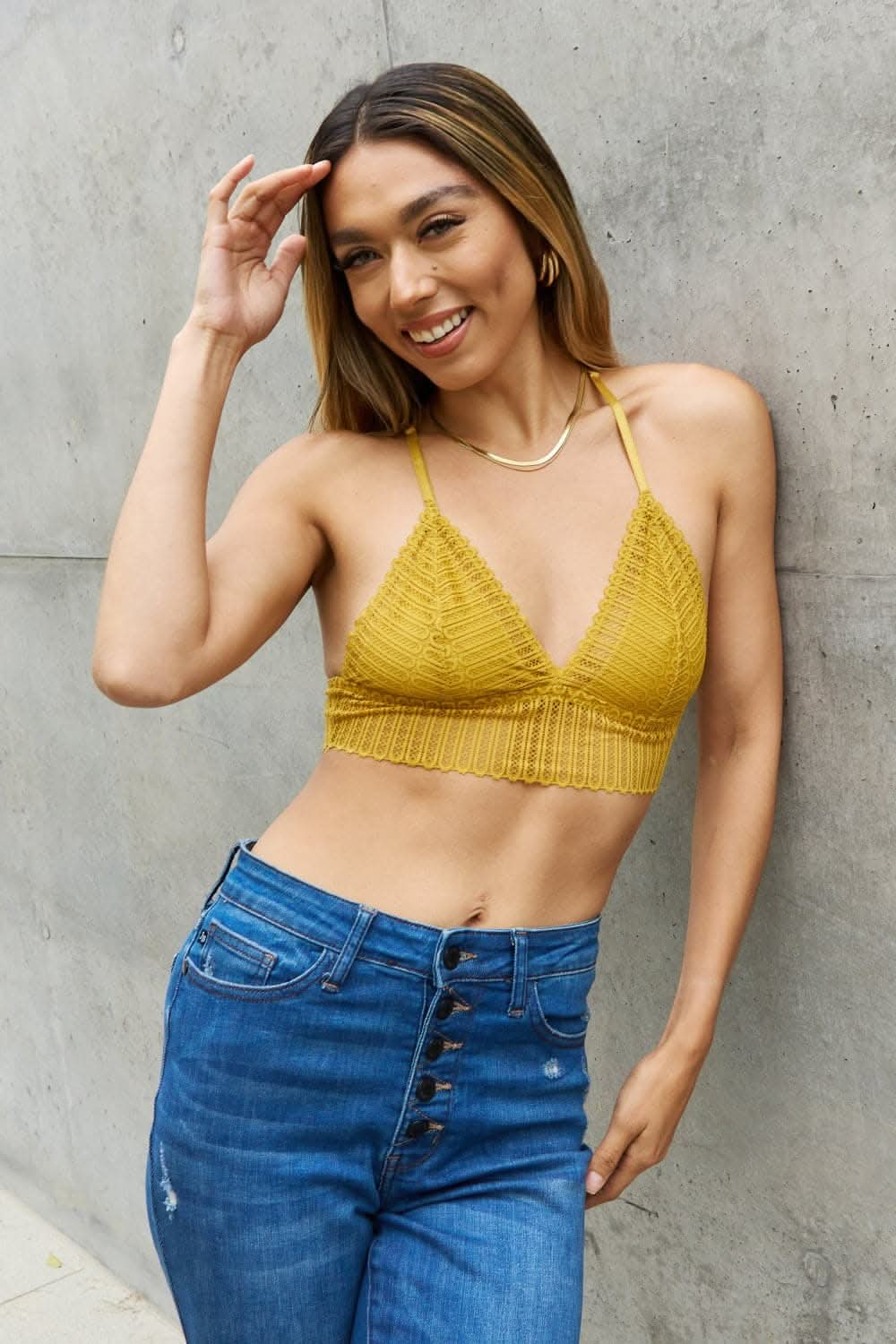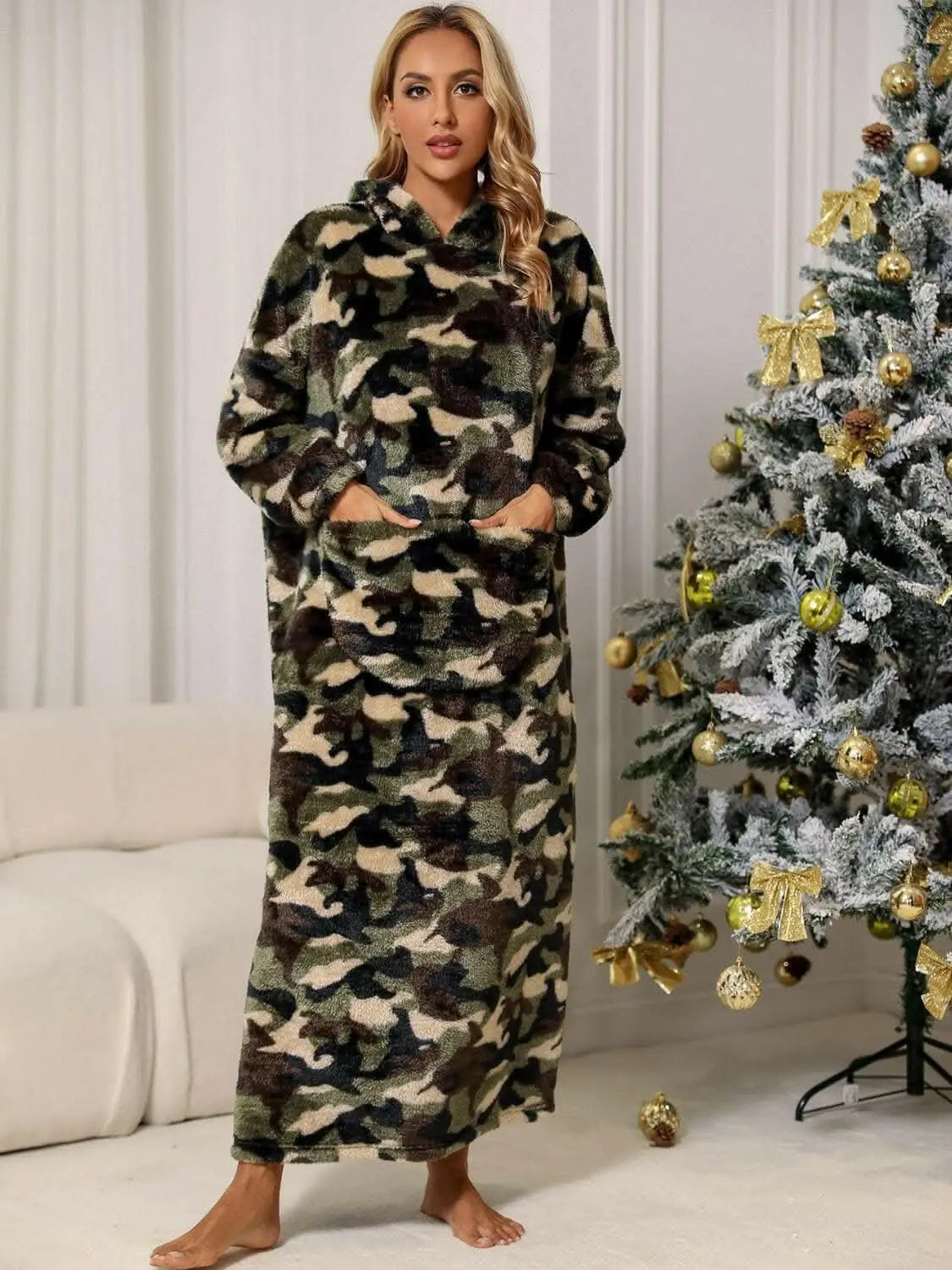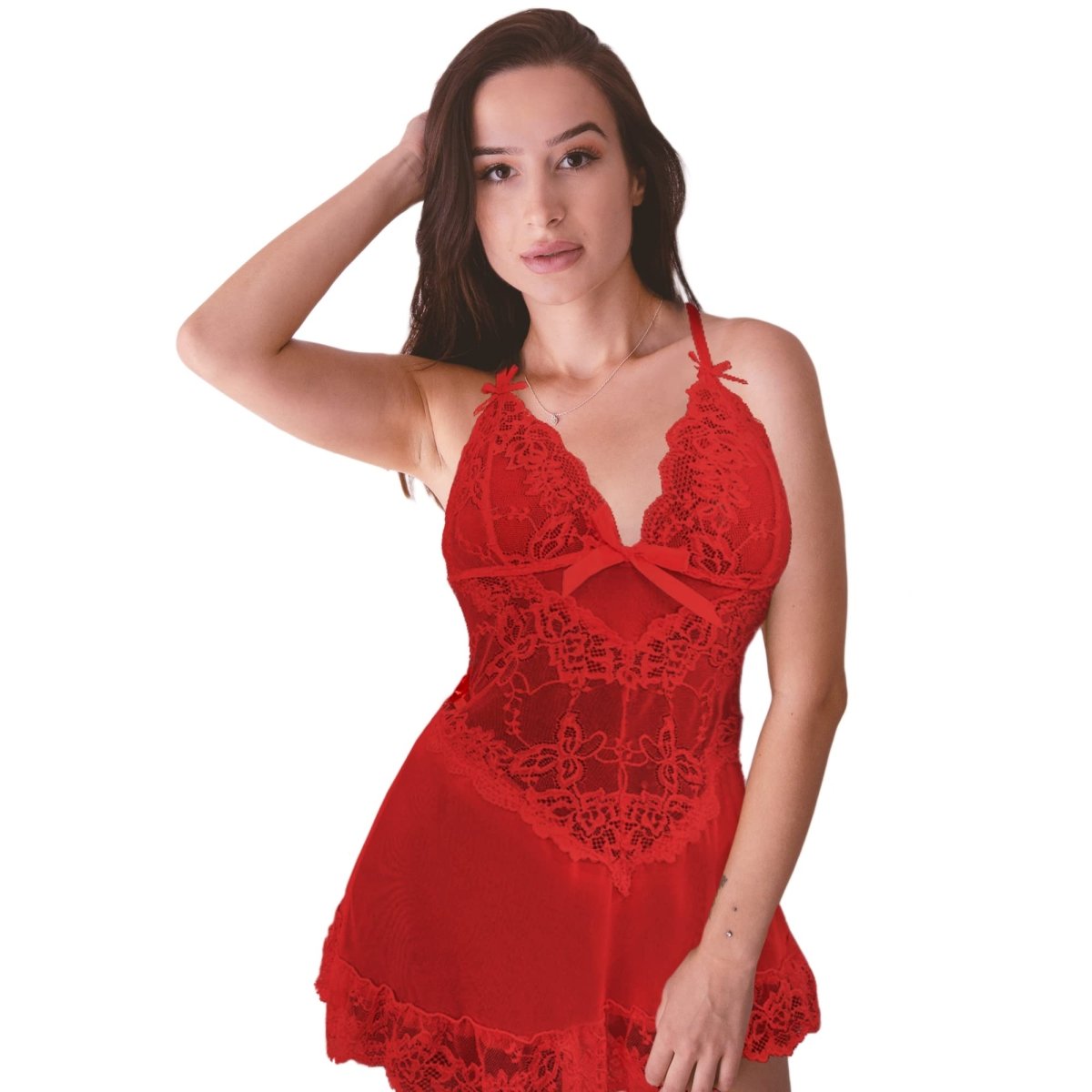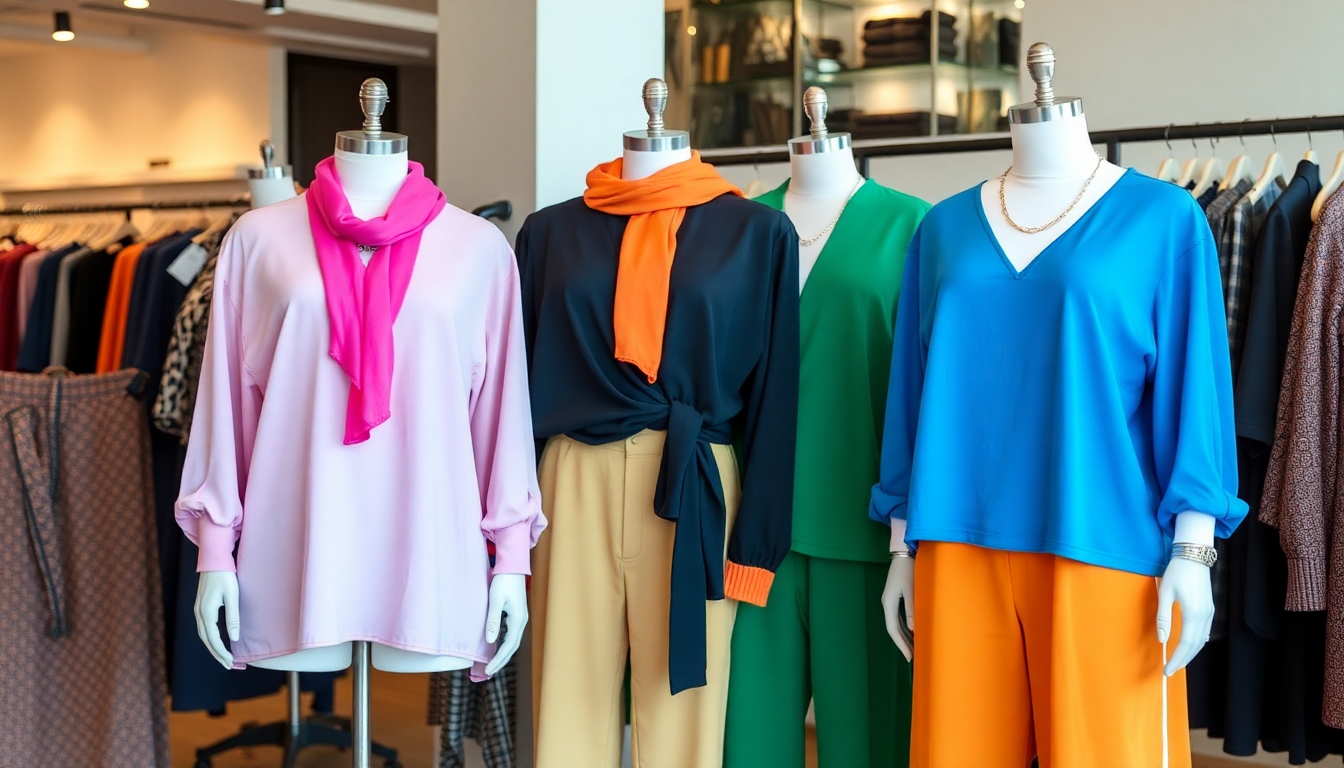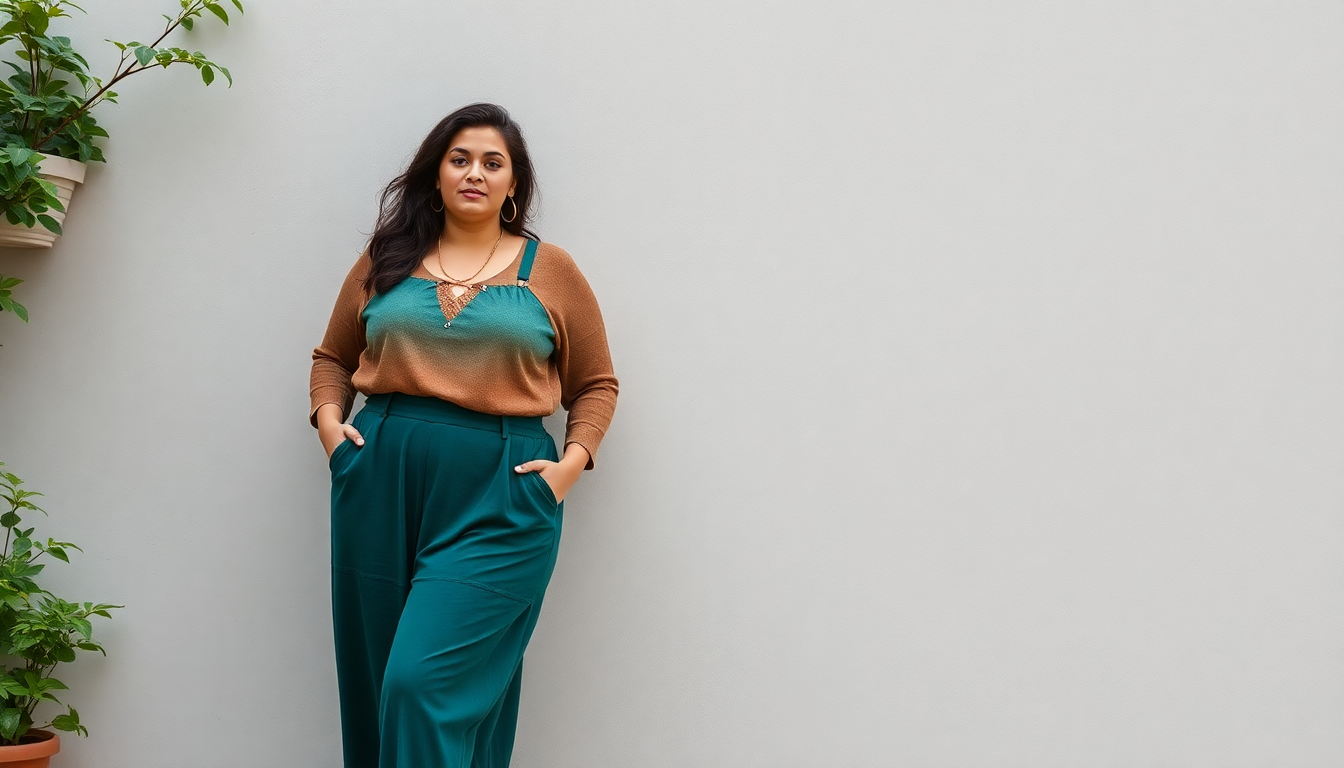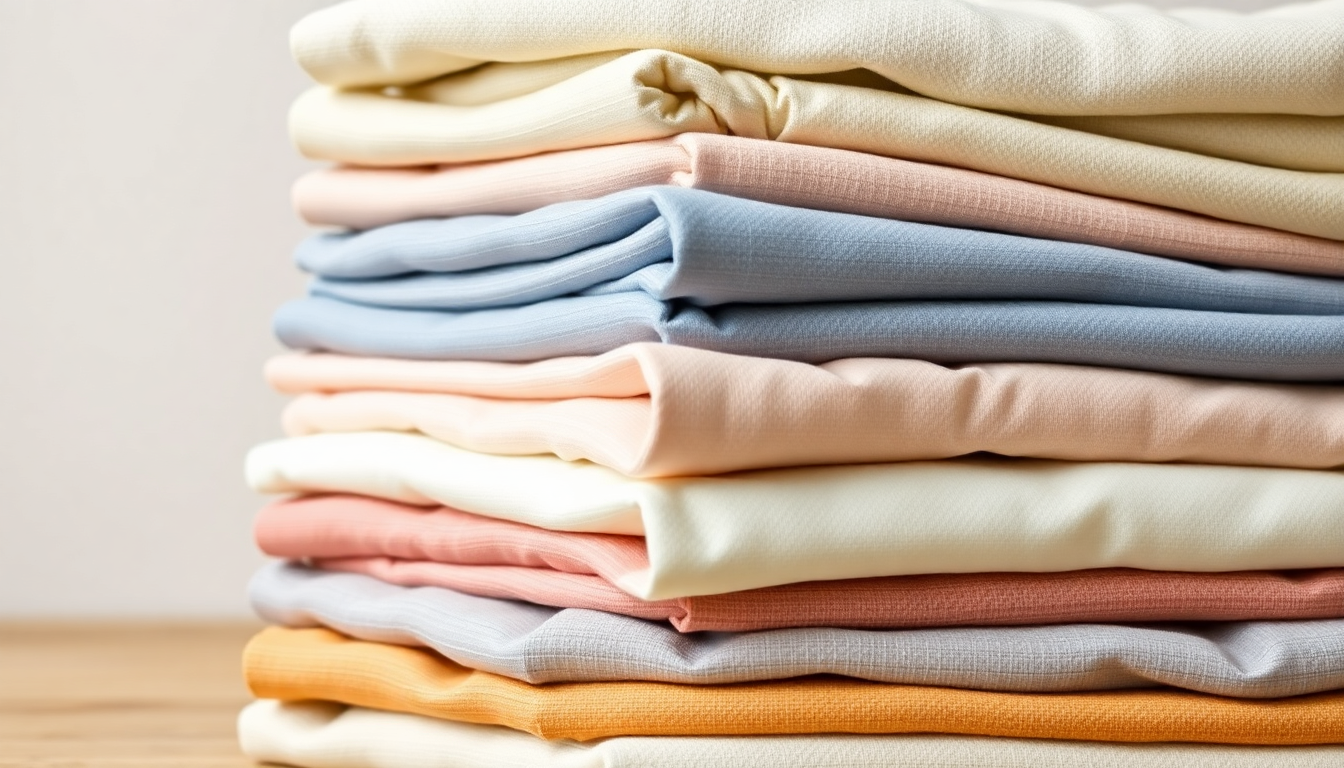Introduction
In 2025, fashion is more inclusive and environmentally conscious than ever before. The plus-size segment, once marginalized and underserved, has blossomed into a powerful movement that champions diversity, sustainability, and style. Today’s plus-size fashion industry is transforming the way we perceive beauty and ethics, creating a space where every body can feel confident and celebrated. This comprehensive guide delves into the latest trends, pioneering brands, sustainable practices, and practical ways consumers can participate in this revolutionary shift.
The Evolution of Plus-Size Fashion: A Historical Perspective
Historically, plus-size fashion struggled with limited options, stereotypes, and often unflattering designs. Incidents of invisibility in mainstream media and retail led to feelings of exclusion for many. However, the last decade has witnessed a significant cultural shift fueled by social media, advocacy, and changing consumer expectations. The rise of plus-size influencers and body positivity movements ignited a demand for representation and style diversity. By 2025, this evolution has culminated in a robust industry that celebrates curvy bodies with innovative, fashionable, and sustainable clothing.
Current Trends in Plus-Size Fashion for 2025
The fashion scene in 2025 reflects a commitment to authenticity, self-expression, and environmental responsibility. Here are some of the most prominent trends shaping plus-size fashion today:
- Vibrant Colors and Eye-Catching Prints: Bright hues like coral, emerald, and electric blue are paired with bold prints, such as florals, abstract art, and geometric patterns. These options allow wearers to express individuality and confidence.
- Inclusive Sizing and Adaptable Designs: Brands now offer extended sizes that cater up to size 5X and beyond, with adjustable features to accommodate different body types and mobility needs.
- Eco-Friendly and Natural Fabrics: Sustainable materials—such as organic cotton, Tencel, recycled polyester, and hemp—are prevalent, blending eco-awareness with high style and comfort.
- High-Waisted, Flattering Silhouettes: From wide-leg trousers to empire waist dresses, these designs focus on highlighting curves while providing all-day comfort.
- Layering and Mix-and-Match: Versatile pieces that can be layered seamlessly empower consumers to create numerous looks from a few quality items.
- Urban and Athleisure Styles: Trendy joggers, oversized hoodies, and tailored blazers that transition effortlessly from casual to chic, embracing both comfort and style.
Brands Leading the Plus-Size and Sustainability Revolution
Ladies and gentlemen, the industry is brimming with brands that are not only inclusive but committed to sustainability. Here are some trailblazers making a difference:
- EcoCurve: This brand exemplifies combining eco-conscious practices with broad size ranges. Known for using recycled fabrics and fair labor, EcoCurve offers stylish, versatile pieces perfect for everyday wear.
- CurvyChic: With a focus on high fashion and sustainability, CurvyChic produces trendsetting designs that are made with biodegradable textiles and zero-waste techniques.
- GreenGlam: Specializes in zero-waste designs using innovative biodegradable fabrics. Their collections reflect a commitment to reducing fashion’s environmental footprint while celebrating curves.
- Fashion for All: This inclusive brand offers extensive size ranges and prioritizes organic, sustainable fabrics and transparent supply chains, fostering ethical fashion practices.
Sustainable Practices Shaping the Industry
As sustainability becomes integral to fashion, brands are adopting innovative methods to reduce environmental impact:
- Zerowaste Pattern Cutting: Using advanced techniques and digital printing to minimize fabric waste during production.
- Use of Recycled and Renewable Textiles: Emphasis on fabrics derived from recycled plastics, natural fibers, and plant-based materials.
- Fair Labor and Ethical Sourcing: Ensuring safe working conditions, fair wages, and transparency across the supply chain.
- Durability and Timeless Design: Creating high-quality garments designed to last, reducing fast fashion’s environmental toll.
- Encouraging Circular Fashion: Promoting clothing recycling, second-hand shopping, and rental services to extend the lifecycle of garments.
Practical Ways Consumers Can Embrace and Support This Movement
The power to change the industry lies partially in consumer choices. Here’s how you can actively participate:
- Prioritize Ethical and Sustainable Brands: Support labels that prioritize eco-friendly fabrics, fair labor, and inclusive sizing.
- Invest in Versatile, Quality Pieces: Focus on timeless designs and durable fabrics that can be styled in multiple ways and last for years.
- Shop Secondhand and Participate in Clothing Swaps: Reduce waste by giving pre-loved garments a new life.
- Advocate for Representation: Support campaigns, media, and brands that highlight diverse body types and promote positive imagery.
- Educate Yourself and Others: Stay informed about sustainable practices and encourage friends and family to make conscious fashion choices.
The Future Outlook for Plus-Size Fashion in 2025 and Beyond
The future looks promising for plus-size fashion, with ongoing innovations and increased emphasis on sustainability and diversity. The industry is moving toward a model where style, ethics, and environmental responsibility coexist seamlessly. Consumers will continue to drive this change through mindful purchasing and advocacy, urging brands to uphold higher standards and push boundaries.
Conclusion
Revolutionizing plus-size fashion in 2025 isn’t just a passing trend—it’s a fundamental shift in how society values and treats body diversity alongside environmental ethics. By supporting inclusive brands that champion sustainable practices, consumers have the power to influence the fashion industry profoundly. Together, we are creating a world where style celebrates every curve and the planet is cherished, embodying a new era of fashionable responsibility and self-love. The journey toward more sustainable, inclusive fashion is ongoing, and each of us has a vital role to play in this transformative movement.
